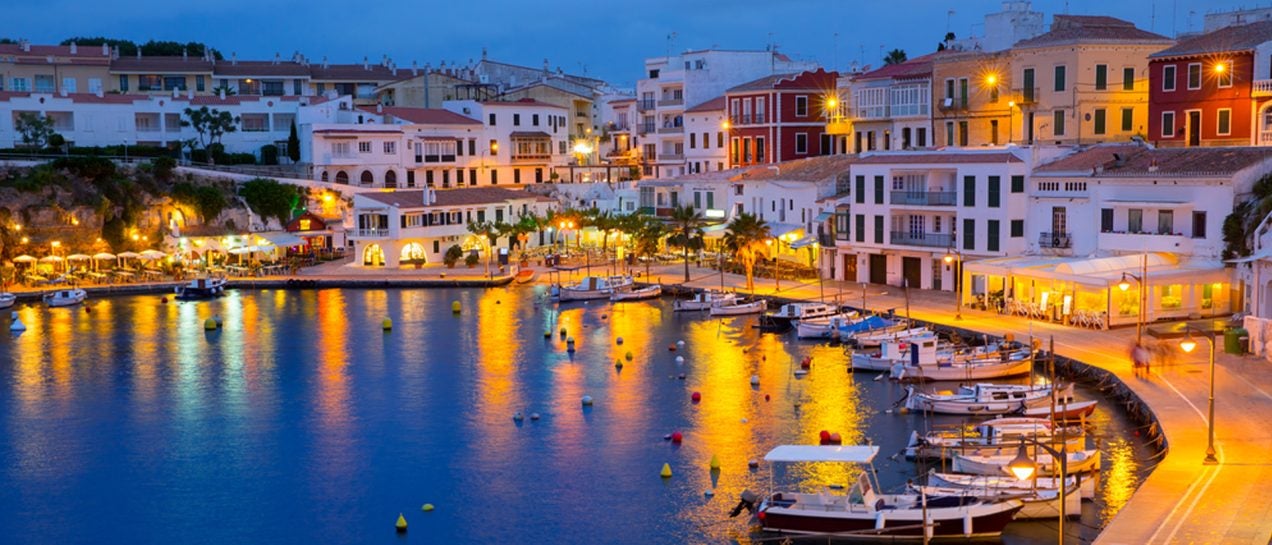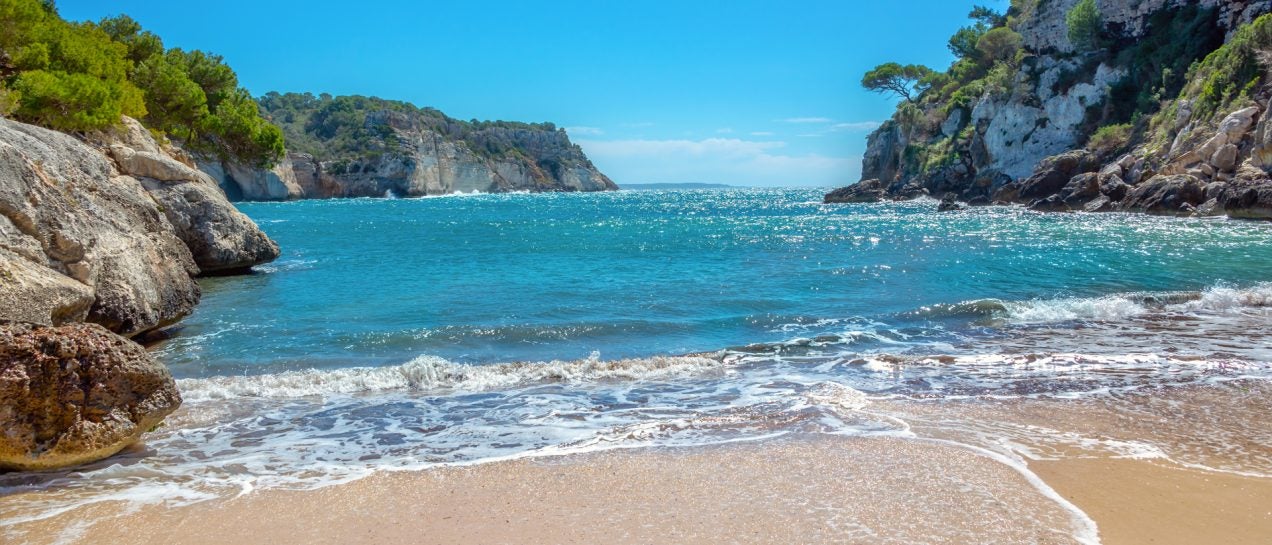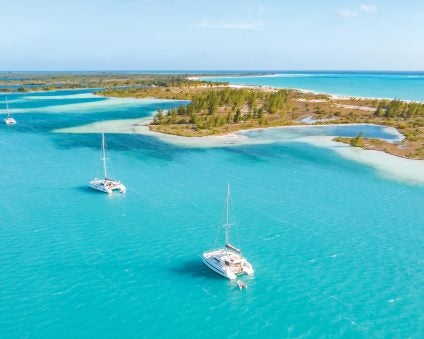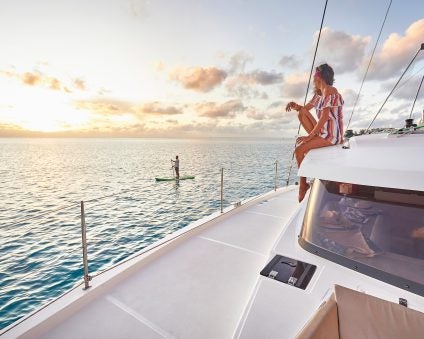
Yacht Charter Balearic Islands
Sailing the Balearic Islands gives you a vacation full of sunny days, wonderful sandy beaches, dramatic scenery, charming ports, world-class nightlife and fantastic sailing in premier cruising grounds.
What’s on this pageHighlights
-
Delicious Mediterranean cuisine
-
Long sailing season
-
Mallorca & Ibiza
Boat charter Mallorca
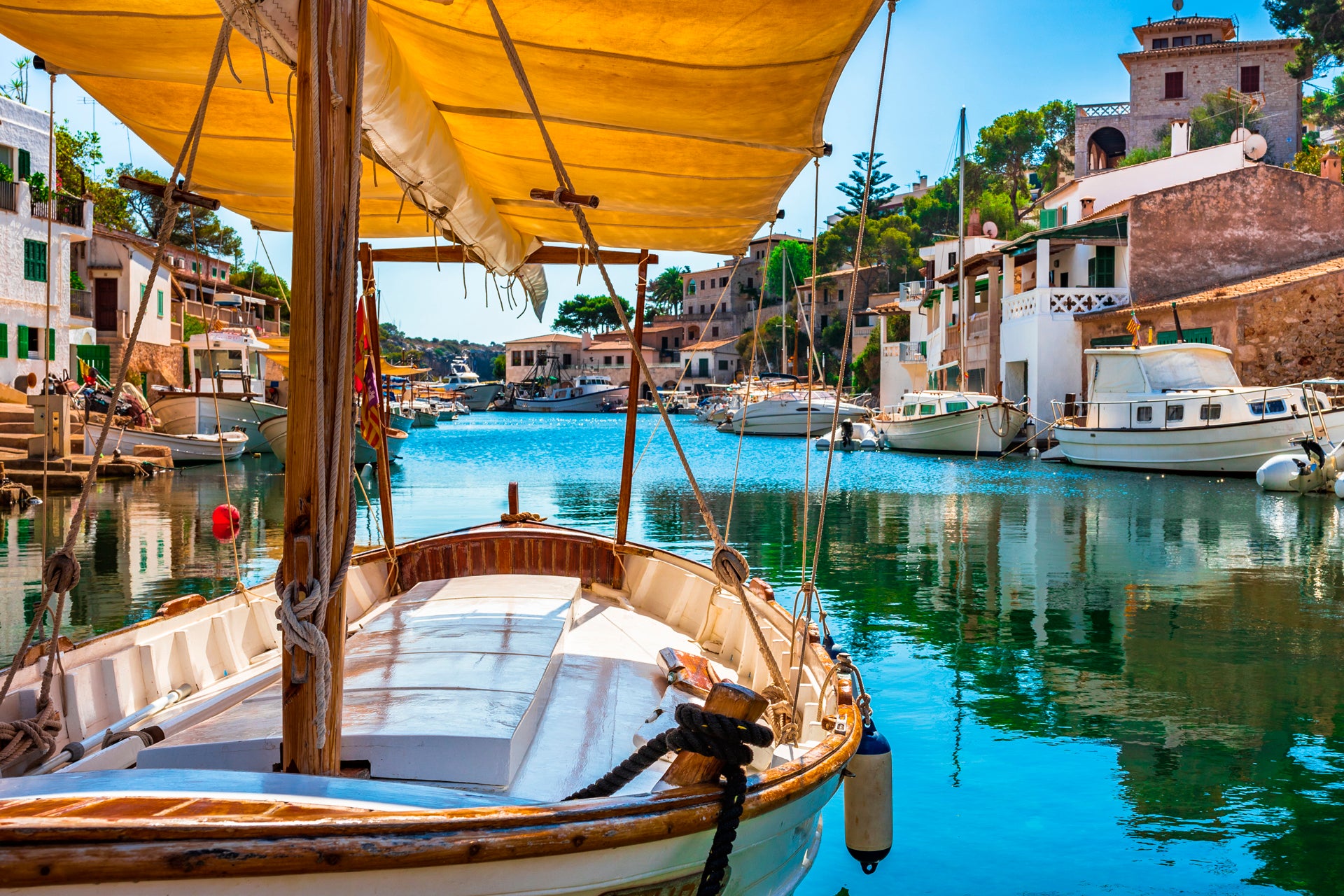
Off the coast of Spain, the Balearic Islands’ archipelago includes Mallorca, Menorca, Ibiza, Formentera and Cabrera. They are islands perfect for water sports fans, nature lovers and those seeking to relax on the beach.
From our base at Marina Naviera Balear in Palma de Mallorca, you can explore nearly 300 beaches or hop between smaller islets, while on Menorca itself you can visit the mysterious Dragon Caves and underground lake, or enjoy old Spain in historic Port d’Alcudia.
Ibiza, the White Isle, is probably best known for its club scene, frequented by celebrities and the world’s best DJs. When on Ibiza as part of your Mallorca boat charter, do take time to climb up to watch the sunset over the bay from the popular high viewpoint at Es Vedrà near Cala d’Hort.
After visiting Ibiza or sailing around Mallorca, why not head over to Formentera to relax on Playa de Ses Illetes, or visit Menorca with its gorgeous bays and Caribbean-like azure waters.
If you are sailing Mallorca, you‘ll need a sailing license recognized by the local port authorities, or you can hire a skipper. Read our guide to sailing qualifications for more information.
Available charter types
Things to do in Mallorca
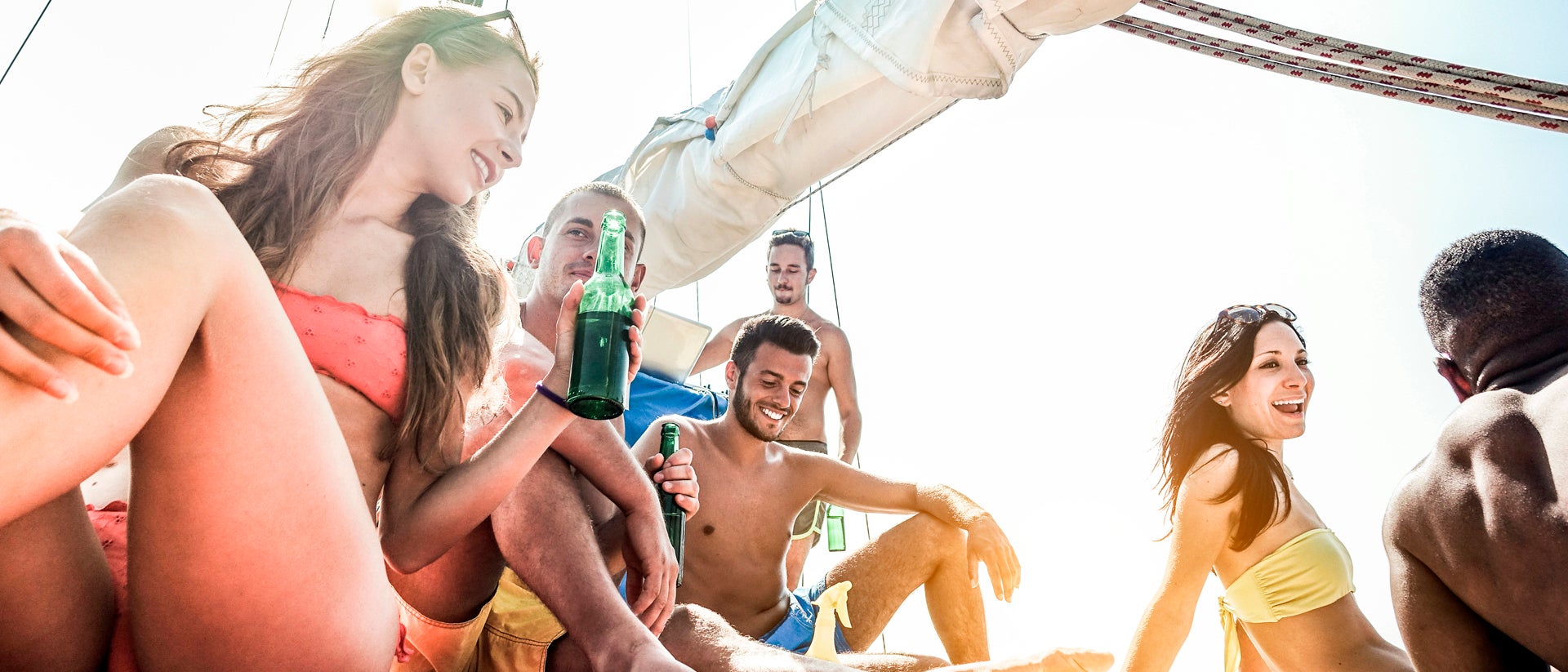
Dine and relax in Port d’Andratx
Enjoy the old time charm of Port d’Andratx, only a short sail away from our base. Grab drinks and dinner in one of the bars or restaurants along the seafront.
Stop to swim in Cala Banyalbufar on the west coast of Mallorca
This popular swimming spot isn’t exactly a beach, but the water is brilliant blue and is certainly worth a visit while you’re sailing the Balearic Islands. Dry off and continue on to Sóller, a small, elegant port surrounded by impressive scenery and an old wooden tram that will take you to the narrow, cobbled streets of the town center.
Dock beneath the fjord-like cliffs of Porto Cristo
Porto Cristo offers great protection, plenty of berths, beautiful scenery, rich history and you can end the day enjoying dinner at one of the delicious local restaurants.
Party like a rockstar in Ibiza
If you’re wondering what to do in Ibiza, you’ll find several well-equipped marinas, a wide range of bars, restaurants, boutiques, nightclubs and late-night fun for all ages. Or during the day, you can enjoy the beautiful beaches.
Bird watching in Cala Mondragó Natural Park
This park is a bird sanctuary and famous for its fine white sandy beaches and the unbelievable crystal-clear water. Take a dip in the waters here too. One thing is guaranteed, you really won’t run out of things to do in Mallorca.
Weather insights
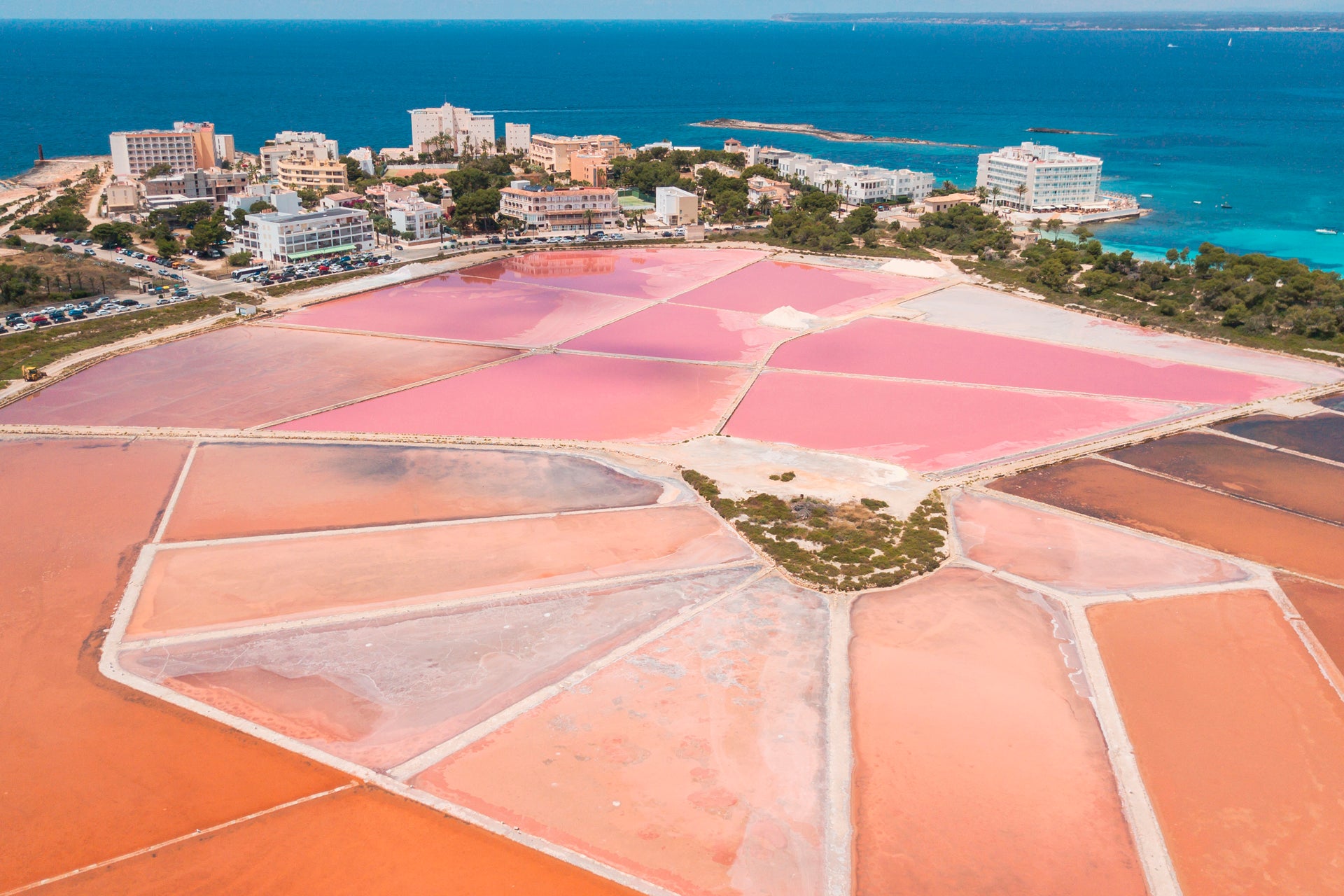
When is the best time to visit Mallorca?
The best time to visit Mallorca is between March to October, although the region has mild season weather all-year round. With 300 sunny days, Mallorca is known for its pleasant climate. The rainy season tends to be between October and December.
The average temperature in Mallorca in summer is about 86ºF. The sea temperature in Mallorca in summer is about 79ºF.
What are the sailing conditions in Mallorca?
The sailing conditions in Mallorca include the levant, which is an easterly wind that blows in the western Mediterranean and gives great sailing conditions. The region’s consistent winds are one of the reasons why sailors love Mallorca yacht charters.
Sailing is more challenging from October to April, with the risk of stronger winds. Meanwhile, the sirocco, a southerly breeze in spring, and the mistral, a north-westerly in autumn, are tempered by the Gulf of Lion and bring heavy seas.
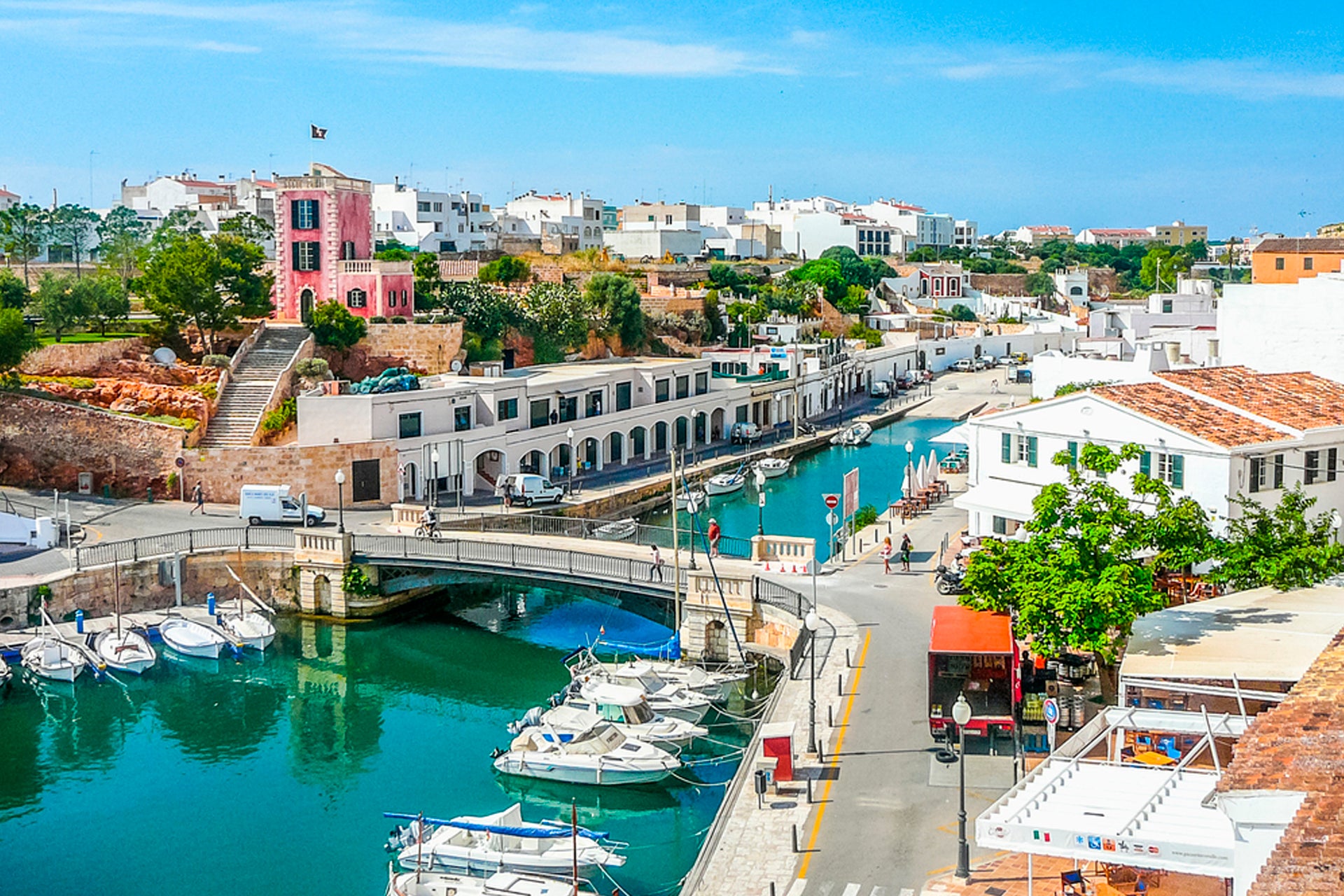
Sailing Mallorca with Dream Yacht Charter
Boat charter Mallorca
Sail the charming ports of the Balearic Islands with our Mallorca boat charters. Explore our fleet of catamarans and monohulls.
Mallorca skippered charters
Hire a skipper and enjoy a Balearic Islands sailing vacation. No sailing experience is needed as your skipper will sail your yacht for you.
Balearic Islands crewed charters
Enjoy a luxury all-inclusive crewed charter with your own captain and chef. Personalize your itinerary and menu for a once-in-a-lifetime experience.
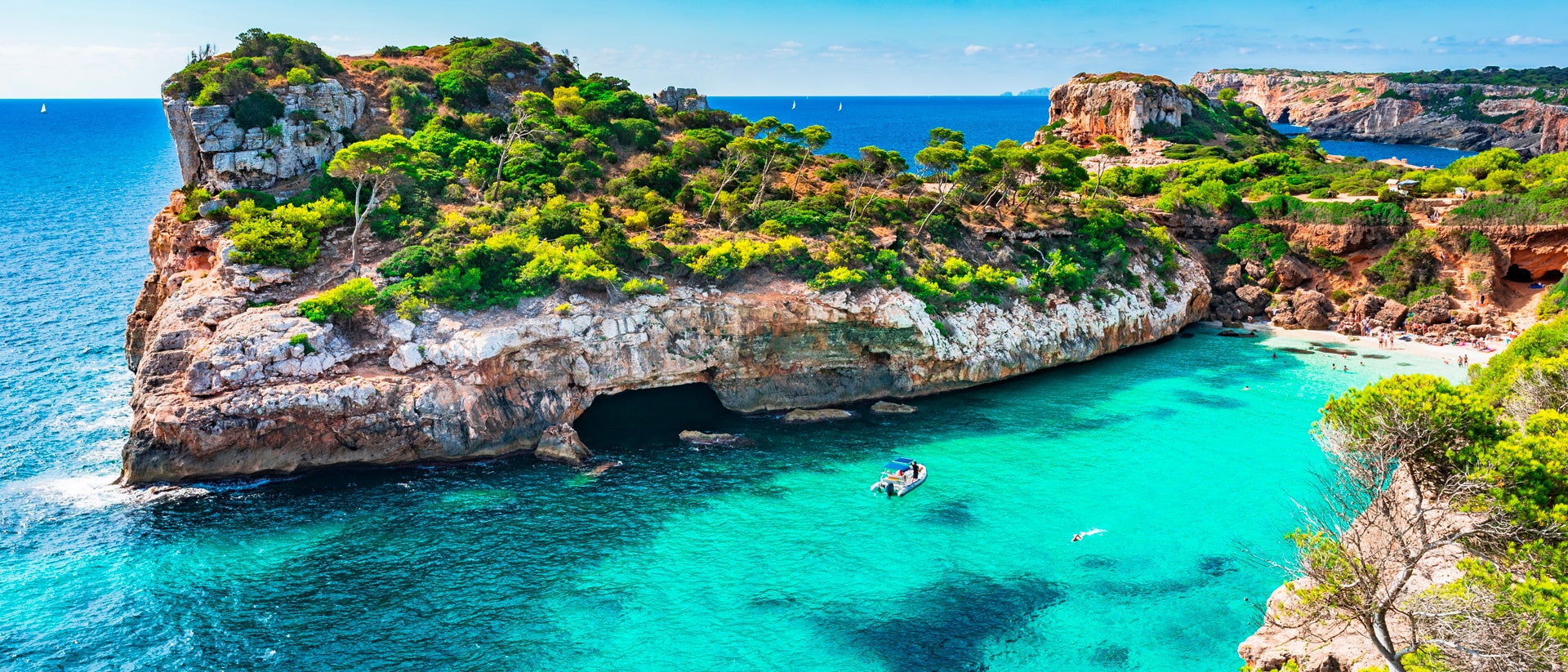
Sailing Mallorca itinerary
Take a look at our Mallorca sailing vacation suggestions
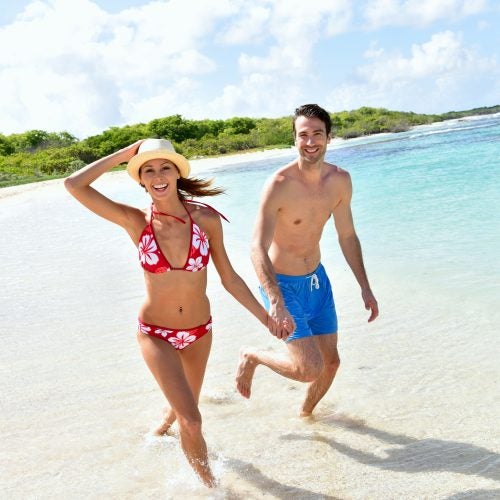 7-day itinerary Mallorca
7-day itinerary Mallorca
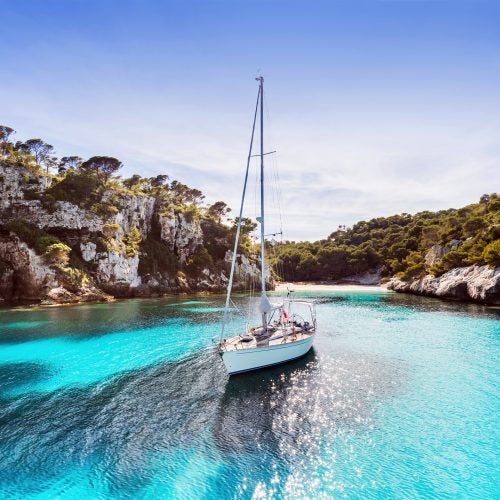 14-day itinerary Mallorca
14-day itinerary Mallorca
Useful information for yacht charters in Mallorca
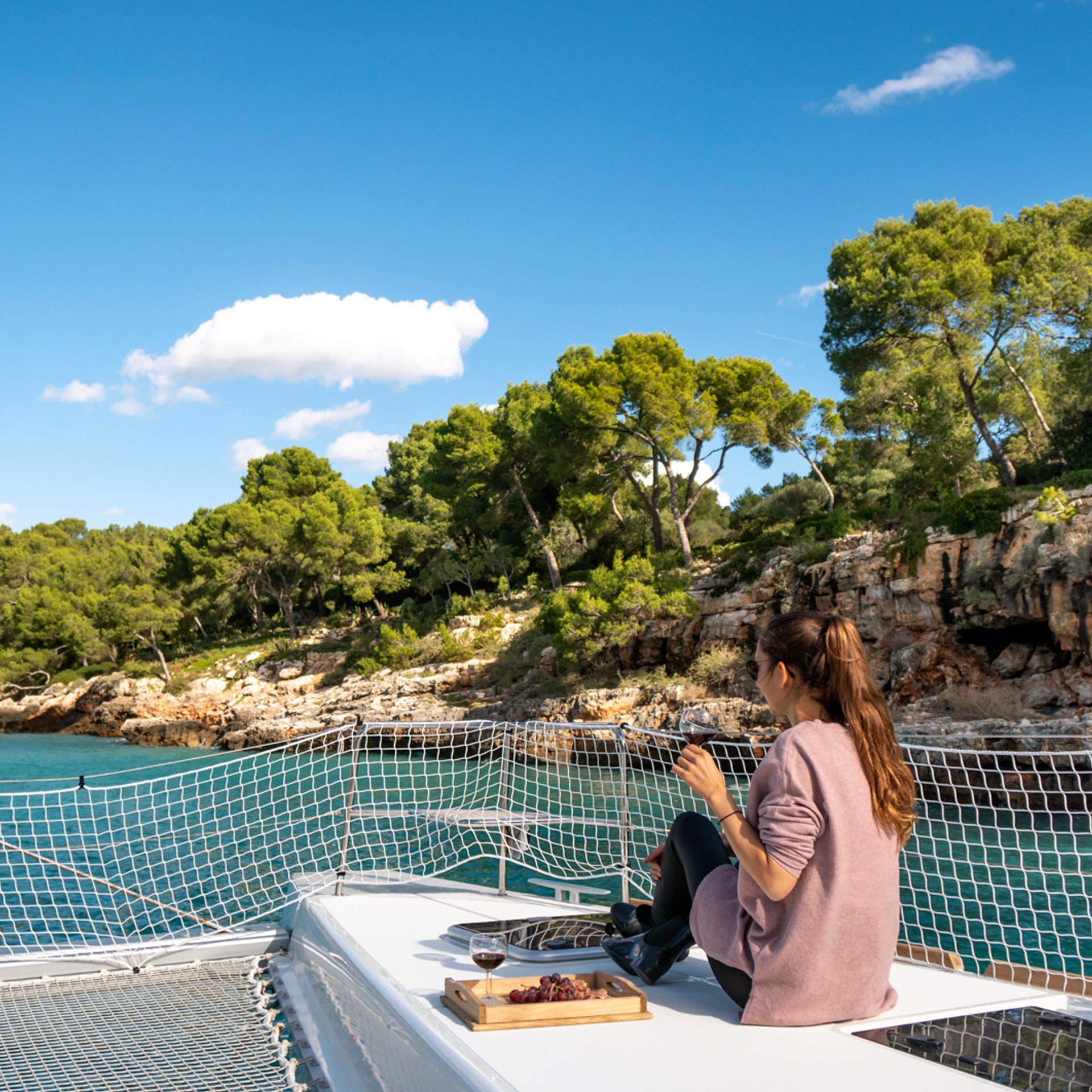
How do I get Mallorca from the US?
Flying to Palma de Mallorca Airport (PMI) from the US is possible via many European countries, including the UK, France and Italy.
The transfer from the airport to our base is 18km or a 35-minute journey. We can help arrange this for you.
What language is spoken in Mallorca?
The language spoken in Mallorca is Catalan and Spanish, but English and other European languages are also widely spoken.
What is the currency for Mallorca?
The currency in Mallorca is the Euro. There is an ATM near the marina.
What are the customs restrictions for Mallorca?
As long as you do not leave the EU during your charter, you will not need customs clearance.
What documents do I need to sail Mallorca?
A passport issued within the past 10 years and valid for three months beyond your planned length of stay is required for British, Canadian, Australian, U.S. and other nationals from outside the European Union.
You will need a sailing license recognized by the local port authorities, or you can hire a skipper. Read our guide to sailing qualifications for more information.
How do I get around Mallorca?
Trains, buses, car rental companies and taxis are all readily available. While you’re sailing the Balearic Islands, our team can advise on how to get to the main attractions.
Taxis: Palma Radio (+34 971 40 00 04) and Radio Taxi Ciutat (+34 – 971 20 12 12).
What is the Wi-Fi like in Mallorca?
Generally, the Wi-Fi in most cities and towns in the Balearics is good. You’ll find plenty of Wi-Fi hotspots at bars, restaurants and hotels.
What regulations are there in Mallorca?
You are only allowed to sail between the Balearic Islands and not to the mainland. Night sailing is not allowed.
Sailing around natural protected areas is allowed, but you must understand and respect the rules. Our team will advise you before you embark on your Mallorca yacht charter.
Fishing is not allowed. For Cabrera National Park, it is mandatory to register to be allowed to visit – see the website for more information.
Where can I find weather forecasts in Mallorca?
You can find Mallorca specific weather forecasts on the AEMet website.
What provisioning is there in Mallorca?
There is plenty of choice for provisioning in Mallorca. Please refer to the base guide.
What baggage can I take can I take on my Mallorca sailing vacation?
Only take soft bags as large suitcases take up too much room on board.
What is the electrical current in Mallorca?
The electrical current in Palma de Mallorca is 220V.
What is the dialing code for Mallorca?
The dialing code for Palma de Mallorca is +34.
FAQ
See all our FAQsWhat is the cancellation policy for Sail Share?
We highly recommend you arrange travel insurance in case you need to cancel for an unexpected reason to cover non-refundable deposits.
Our Sail Share cabin cancellation fees are:
- More than 90 days before original embarkation date: 25% of the charter fee
- 89 – 60 days before original embarkation date: 50% of the charter fee
- 59 – 30 days before original embarkation date: 75% of the charter fee
- Fewer than 29 days before original embarkation date: 100% of the charter fee
How flexible is the itinerary for a Sail Share charter?
Our yacht itineraries are designed by our destination experts and are set to showcase the best of the destination’s highlights. They are set and not flexible, even if you book all the cabins.
What happens if the weather changes while sailing on a Sail Share charter?
The skipper may decide to change the itinerary if there is bad weather.
Can I choose which cabin I want when I book a Sail Share?
Choose a double cabin with shared bath, or private bath for an additional fee.
Are there child or age restrictions for Sail Share?
Minimum Age: 16 years old
Get inspired! #MyDreamYacht
Follow our customer’s journeys & share your own amazing experiences on Instagram

